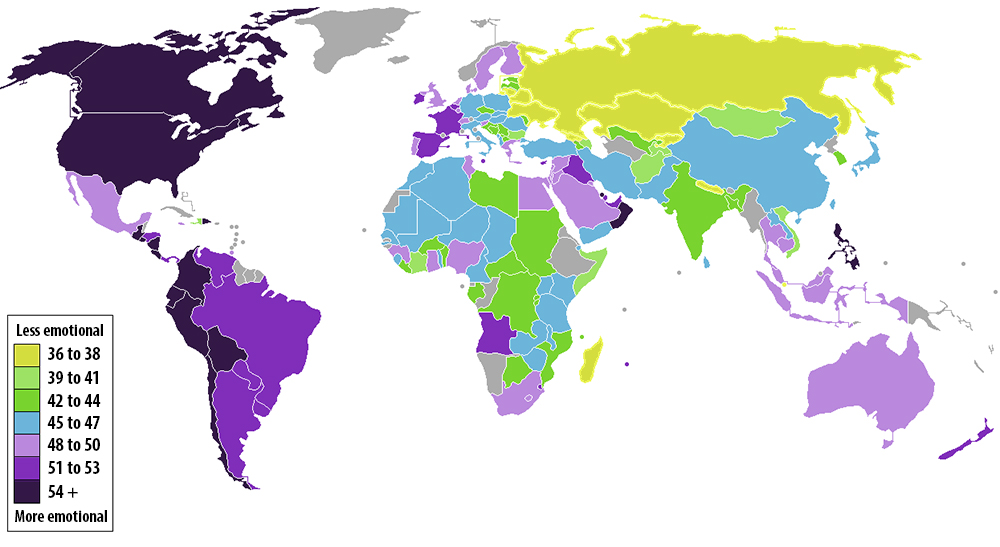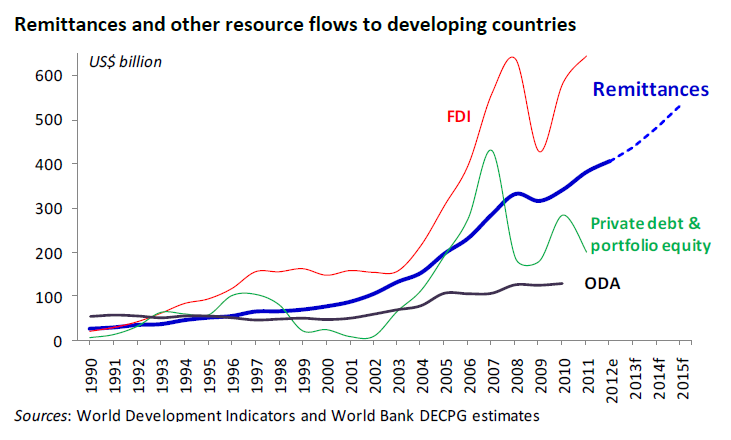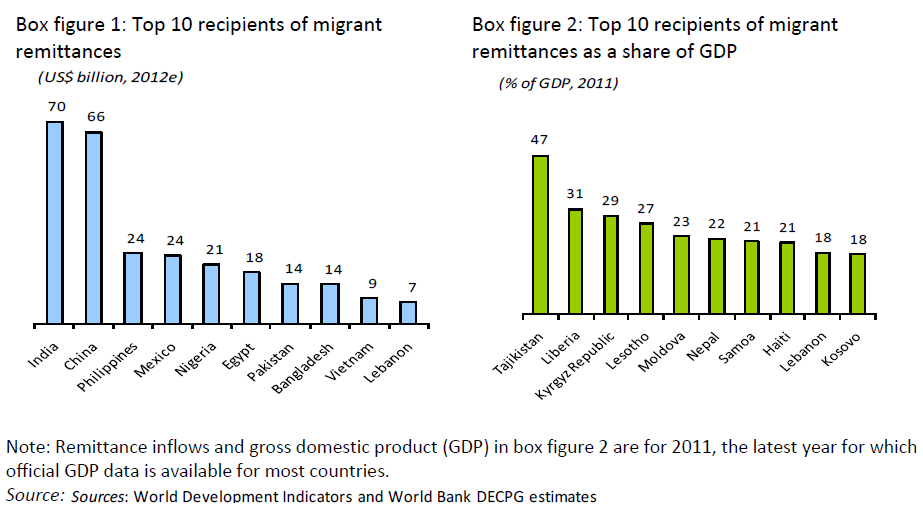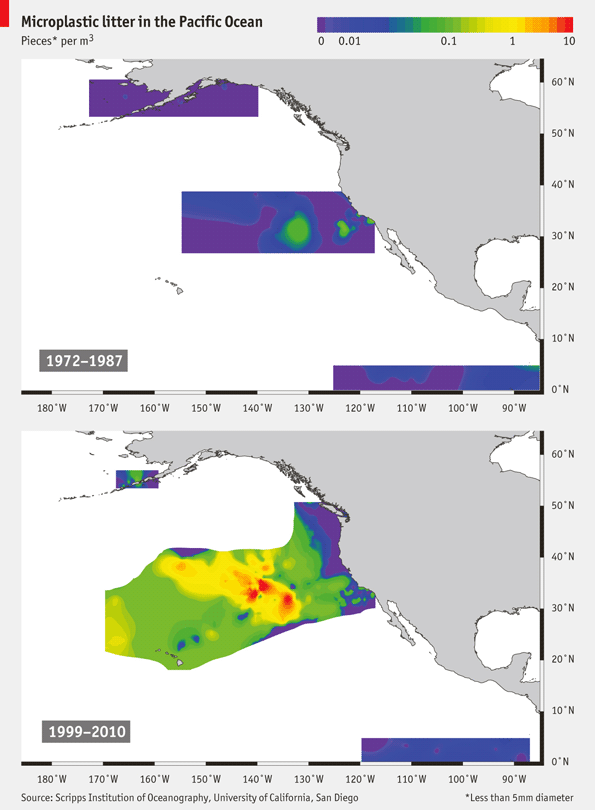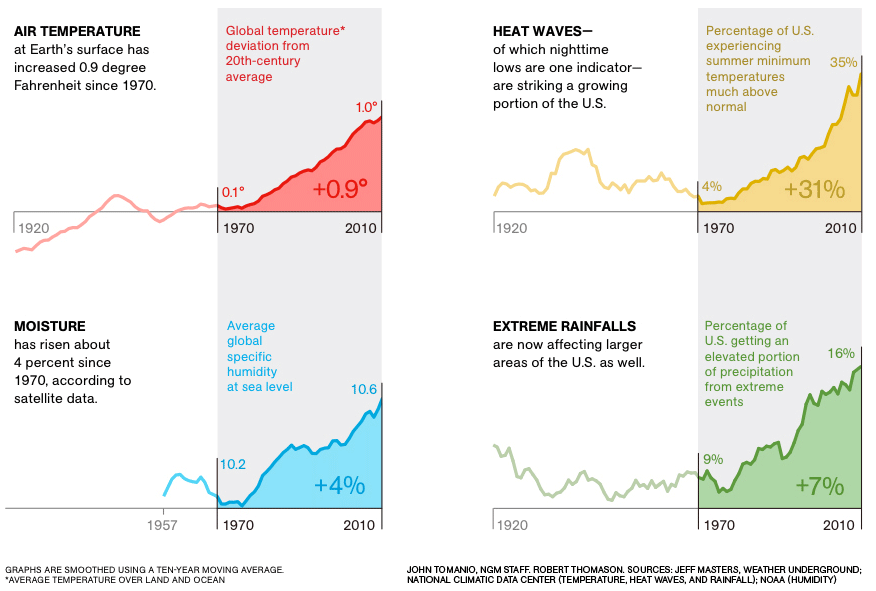A Gallup survey aimed at gauging the daily emotional responses of people around the world reveals which countries are the world’s most and least emotional. Max Fisher at the Washington Post created the map above and summarized the results of the survey as follows:
- Singapore is the least emotional country in the world
- The Philippines is the world’s most emotional country
- Post-Soviet countries are consistently among the most stoic
- People in the Americas are just exuberant
- English- and Spanish-speaking societies tend to be highly emotional and happy
- Africans are generally stoic, with some significant exceptions
- The Middle East is not happy
How emotional is your country according to the Gallup survey?
